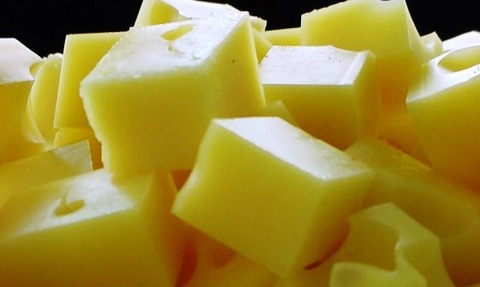Pioneering UV pasteurisation aims to cut cost with greener approach
12 Mar 2024

Dairy pasteurisation has traditionally been a costly business for manufacturers, involving intricate heat treatment and cooling procedures.
In Denmark, a noted dairy producing nation, one company is pioneering renewable technologies designed to offer a greener alternative couple with the prospect of greater efficiencies and substantial cost savings.
Aalborg-based Lyras employs UV-driven raslysation in place of the commonly employed heat treatment methods.
Lyras developed and patented the technology, which inactivates microorganisms in both transparent and opaque liquids using UV light. Raslysation uses a UV light source, combined with a light filter sorting off the unwanted wavelengths. The liquid is led past the light source in a continued, controlled movement making sure that all product is illuminated. All unwanted microorganisms are thus inactivated.
Being far less energy-intensive than traditional pasteurisation and filtration, claims the company, the method can save between 60 and 90 percent energy and 60 to 80 percent water compared to traditional pasteurisation.
Explains the company: “For example, if a cheese dairy treating 40 tons of whey an hour switches from pasteurisation to raslysation, it will save approx. 87% energy, equivalent to 4 million kWh per year and, based on the EU average, an annual CO2 emission reduction of 950 tons. This is equivalent to driving around the world 184 times in an ordinary gas-powered family car.”
Senior sales engineer Allan Holst Sørensen explains:
“The big energy saving is won in that the dairy no longer must heat water to 72 degrees and subsequently cool it to a service temperature of 30 degrees, which is the case in traditional pasteurization. Instead, we effectively inactivate the microorganisms using UV light without having to heat the water.”
Next the system uses a heat exchanger to ensure that the water has attained the exact desired temperature, ensuring for example that when it flushes the curd grain out of containers and pipes it does so without changing its texture.
“If the temperature is wrong, the curd grains retract, ruining the structure of the cheese. With the new raslysation system, the dairy saves energy and money while eliminating the risk of glass contamination and ruined cheese.”
The company claims its technology allows a dairy to cut around nine tenths of its energy consumption used previously for the inactivation of microorganisms in processing water. Within a year, energy savings alone replace the money spent, it asserts.
Opportunities for glass contamination are removed: there is no direct contact between the treated liquid, water, and the ultraviolet lamps, while a log 12 reduction is achieved on microorganisms in water.
It also reduces environmental impact with the dairy emitting far less CO? and, because raslysation only needs electricity, the technology may provide a basis for applying for subsidies.
Protein protection
Raslysation also secures high product quality in opaque liquids like brine, whey, blood plasma, protein solutions, juice and industrially fermented liquids. The avoidance of heat ensures the product’s proteins are kept in their original form. When the technology is used as a replacement for depth filtration of for instance enzyme solutions, the production process gains higher yield and an increased level of automation.
While raslysation systems are installed in companies across Europe, Australia and the USA, Lyras says its goal is to implement these across the global process food and drink industry to help reduce the total CO? emissions and increase food safety worldwide.

